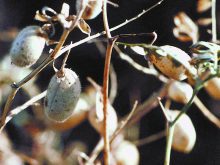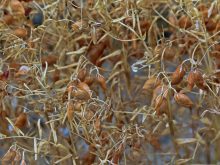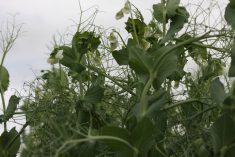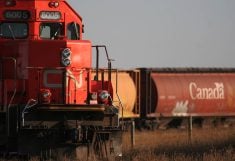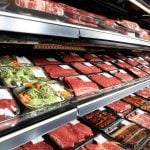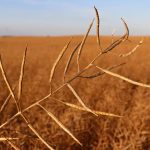Fed cattle prices fell last week because of spill-over effects from the H1N1 flu panic and the higher Canadian dollar.
According to Canfax, there was wide variation in yearling and calf prices. Feedlots are current in their marketing and calves are green, resulting in lower bids.
Most of the bids for yearlings were $158 per hundredweight delivered while calves were $155 delivered.
The fed steer average price for the week was $91.48 per cwt., down $6.01, and fed heifers were $91.05, down $5.90.
The show list wasn’t cleaned up.
Read Also
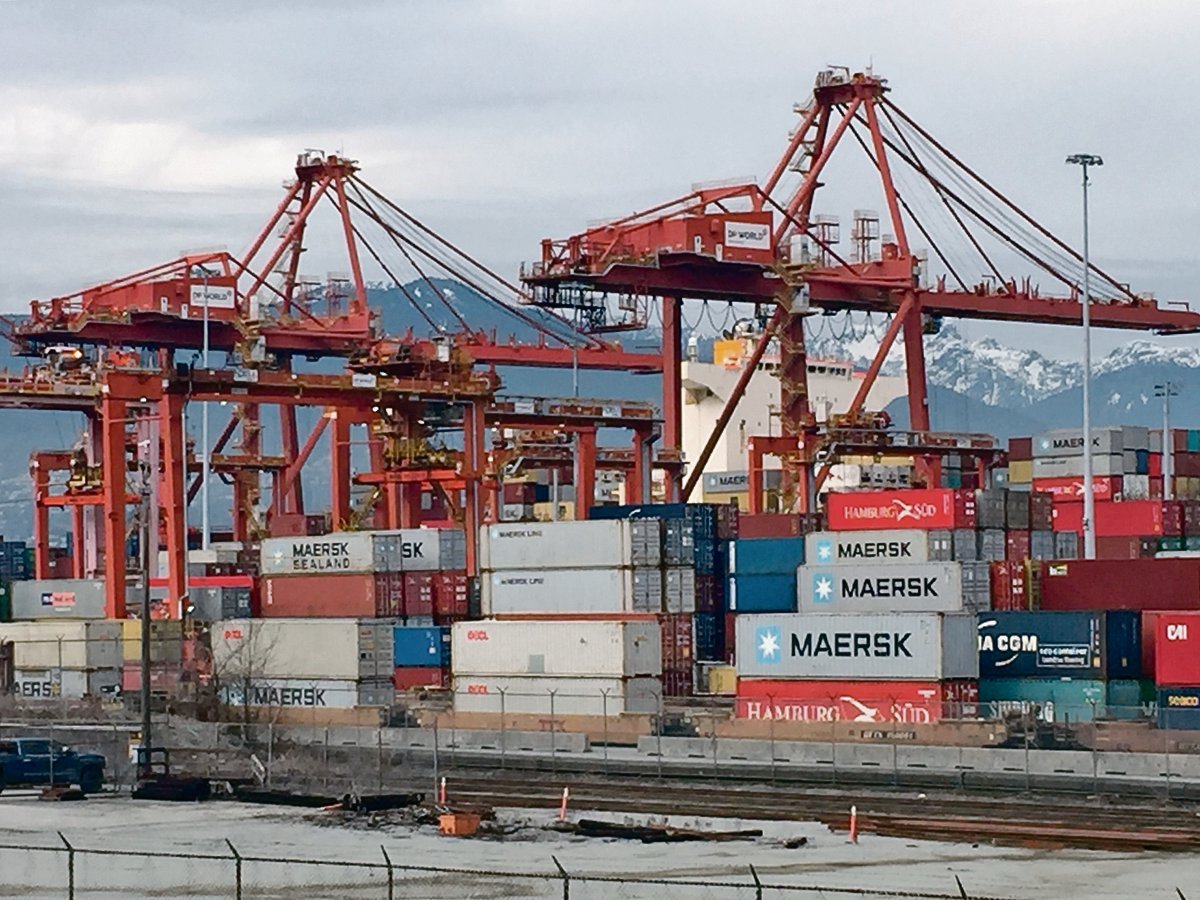
Message to provincial agriculture ministers: focus on international trade
International trade stakeholders said securing markets in the face of increasing protectionism should be the key priority for Canada’s agriculture ministers.
The cash-to-futures basis strengthened because the live cattle futures rolled over to the June contract from April, Canfax said.
Fed cattle export volume to the United States for the week ending April 25 was 7,186, up six percent from the week before and six percent larger than last year.
Canfax said grid and contract volumes are expected to become larger and push cash volumes lower.
Prices could be pressured lower if the Canadian dollar continues to appreciate.
D1, 2 slaughter cows slipped 27 cents to average $54.15 per cwt.
Butcher bulls dropped $1.58, averaging $63.73.
With demand for non-fed cattle exceeding the current tight supply, the closure of the XL plant in Moose Jaw, Sask., appears to have had little effect on prices.
Beef prices lower
U.S. Choice cutouts fell $4.73 to $145.24 US and Select was down $4.36 at $142.60, Canfax said.
U.S. packer margins are positive but chicken and pork are underpricing beef and there is little retail featuring.
The Calgary wholesale market for delivery this week fell $4 Cdn to $175. Montreal was steady at $187.
Dropping cut-out values and the strong loonie may pressure wholesale prices lower.
Steer interest
Feeder steers fell 47 cents per cwt. and heifers dropped 33 cents.
Steers 300-600 pounds were 83 cents-$1.29 lower while 600-800 lb. saw good demand and prices rose 14-24 cents per cwt., Canfax said.
Attractive third quarter live futures caused strong interest in 800-900 lb. steers, and prices rose 60 cents.
Heifers 300-500 lb. dropped $1.08-$1.86 and 500-900 lb. were steady to 34 cents higher.
Heifers heavier than 900 lb. were 22 cents lower.
Volume at auction dropped 23 percent to 28,087 head.
Feeder exports to the U.S. for the week ending April 25 totalled 7,186 head, up 14 percent from the previous week but 54 percent lower than last year, Canfax said.
There should be another wave of interest in mid weight feeders over the next two weeks to put on pasture.
Good demand for 800 lb. and heavier feeders to be fed for the fall market should continue.
Year to date, auction volumes are comparable with the previous two years, but with a significant reduction in the 2008 calf crop, supply is expected to tighten soon.
Bred and paired
Bred cows were $650-$1,080 with the average up $5.17 per head. Bred heifers were $650-$930 with the average down $15 and cow-calf pairs were $700-$1,400.
Pairs fell $80.80 per head with a top end paid for young cows with older calves that can be separated.
Average pair price was $260.83 higher than last year.
A tight supply of breds and pairs with older calves should firm prices.
Hog hope
By the end of the week it appeared worries about the H1N1 flu were abating, helping Chicago hog and pork futures recover some of the ground lost in late April and the first week of May.
Several countries still blocked pork exports from North America, but the number of cases appearing in humans was dropping.
Iowa-southern Minnesota cash hogs recovered to $42 US per cwt. May 8, compared to $41.50 May 2. Prices dropped as low as $39.50 May 5. Prices peaked seasonally at $48 April 24 before the flu was detected.
The U.S. pork carcass cut-out value fell to $54.67 May 4, but recovered to $59.30 May 8. On May 1 it was $55.68.
U.S. federal slaughter to May 9 was estimated at 2.01 million, down from 2.05 million the week before and down 3.7 percent from the same week the year before.
Bison steady
The Canadian Bison Association said Grade A carcasses from youthful bulls in the desirable weight range in Canada were steady at $2.40-$2.75 hot hanging weight.
Heifers were $2.30-$2.65 per lb.
Cull cow and bull average rose to $1.30 per lb. on tight supply.
Weight, quality, age and delivery location affect final price.
Lambs higher
Ontario Stockyards reported 1,548 sheep and lambs and 91 goats traded May 4.
All classes of lambs and goats were steady. Good sheep were $3 to $5 per cwt. higher.



